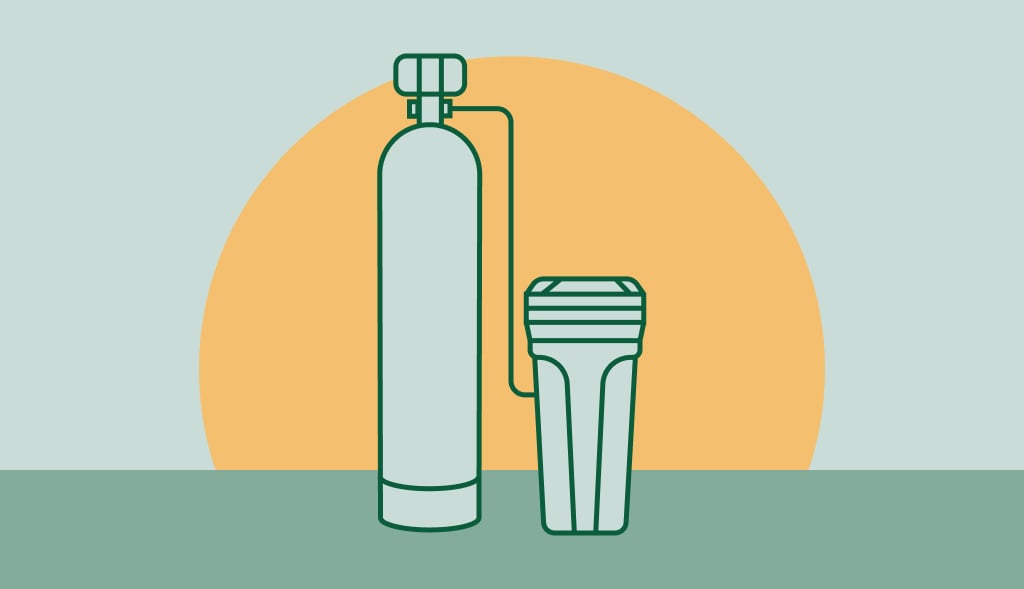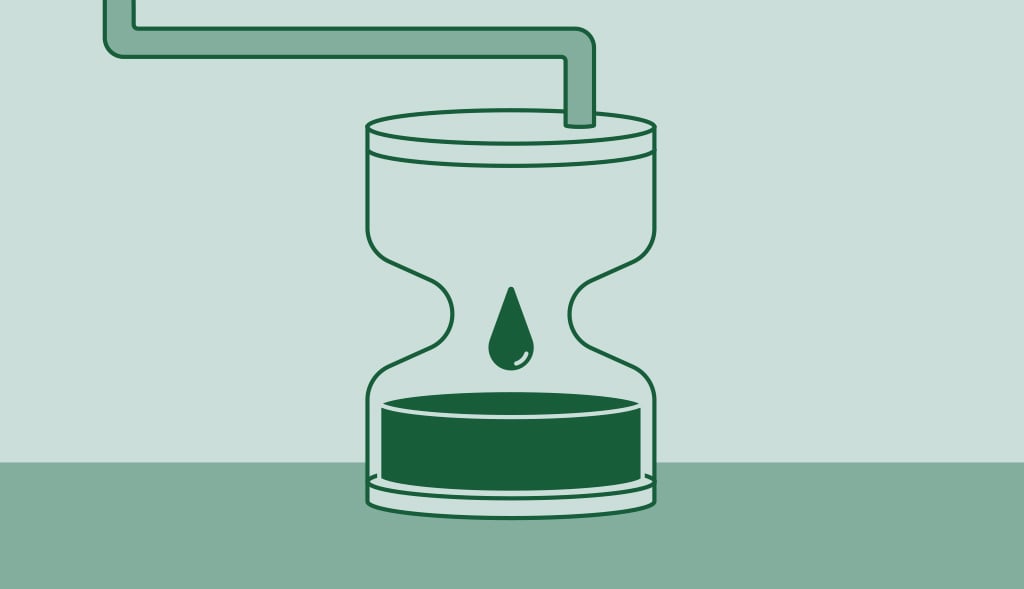How Does a Water Heater Work: An Inside Look

The water heater, a key appliance in modern households, provides a constant supply of hot water for bathing, cooking, cleaning, and other daily tasks. But how exactly does this ubiquitous device function? This article aims to provide an insightful guide on how a water heater works.
Understanding the Basics of Water Heaters
Before we delve into the specifics of how water heaters work, let’s cover the basics.
What is a Water Heater?
A water heater is a device that heats cold water, providing a steady supply of hot water to various outlets in a home or commercial building. There are several types of water heaters, with the most common being tank-style heaters. However, tankless water heaters are becoming increasingly popular due to their energy efficiency.
There are many sources of power available: electric, gas, geothermal, and solar.
How Does a Hot Water Heater Work?
Cold Water Enters the Tank
Every water heater features an inlet for cold water, known as the dip tube. When you open a hot water tap, cold water enters the water heater tank through this dip tube. This inflow pushes the hot water out to the respective outlet.
The Heating Process
Once the cold water enters the tank, the water heater’s main function— heating the water— begins. In gas water heaters, a burner heats the water from below the tank. Electric heaters, on the other hand, utilize heating elements usually located in the middle and at the bottom of the tank.
Whether powered by gas or electricity, the primary goal is the same: heat the water to the set temperature. The thermostat located on the outside of the tank controls the heating.
The recommended temperature setting is 120 Fahrenheit.
Heat Rises
Due to the phenomenon that heat rises, hot water naturally moves to the top of the tank, while colder water remains at the bottom to be heated. This ensures a constant supply of hot water when needed.
Hot Water Dispensation
When you turn on a hot water tap, the heated water at the top of the tank flows out through the heat-out pipe. Simultaneously, more cold water enters the tank via the dip tube to be heated, continuing the cycle. The hot water rises to the top.
Safety Measures
The water heater incorporates several safety features. One such feature is the pressure relief valve, which releases water if the pressure or temperature of the water inside the tank exceeds safe levels.
Another is the drain valve located at the bottom of the tank, used for draining and flushing the tank during maintenance or repairs.
Water Heater Components
The hot water heater’s operation involves several components and steps.
- Tank : The inside of the tank is made of metal with a coating that protects it from water.
- Anode: The anode protects the tank from corrosion.
- Manual cold water shut-off valve: Allows the cold water source to be shut off manually, if necessary.
- Dip tube: Water enters through this tube at the top of the tank and travels to the bottom to be heated.
- Elements: Located one at the top and the other at the bottom of the tank, they provide the heating mechanism.
- Thermostats: Thermostats are used to control the temperature.
- Safety valve: When the water heater is in operation, the heated water expands, generating a pressure rise. The valve prevents the pressure from building up.
- Expansion tank: The expansion tank absorbs pressure variations and ensures pressure stability in the tank.
- Evacuation hose: Facilitates the evacuation of water from the tank to repair a component or move the appliance.
What about Tankless Water Heaters?
Unlike traditional tank-style water heaters, tankless water heaters don’t store hot water. Instead, they heat water directly as it flows through a heat exchanger, providing hot water only when it’s needed.
This on-demand operation can make them more energy-efficient than standard models, particularly for homes that don’t use a lot of hot water.
Enhancing Efficiency with Modern Water Heaters
Modern heaters often include features enhancing energy efficiency. For instance, some have additional insulation to reduce heat loss. One such upgrade that can significantly improve the efficiency and longevity of your water heater is the use of a Corro-Protec powered anode rod.
Traditional sacrificial anodes deplete over time to protect the tank from corrosion; Corro-Protec powered anodes provide consistent protection without depleting.
They’re easy to install and work with all types of water, including hard or softened water. On top of improving efficiency, Corro-Protec powered anodes can solve common water heater problems such as these:
- rotten egg odor caused by bacterial reactions.
- Sediment accumulation at the bottom of your tank
- Water heater leaking due to corrosion
- Air in hot water lines
Whether you’re using a gas or electric water heater, upgrading to an energy-efficient model and installing a Corro-Protec powered anode can lower utility bills and extend the lifespan of your heater.
Conclusion
Understanding how a water heater works can help you better appreciate this crucial home appliance, enabling you to maintain it properly and troubleshoot minor problems.
Whether you’re using a tank-style or a tankless model, efficient operation is key to providing your household with a constant supply of hot water.
The way heaters work might seem complex, but the underlying principle is simple: take in cold water, heat it up, and send it where it’s needed. And as technology advances, these fundamental processes continue to become more efficient and reliable.
Blog
How Does a Water Softener Work: A Detailed Explanation
Water softening is a process that can greatly improve the quality of your water and extend the life of your appliances, especially water heaters. However, […]
How Long Do Water Heaters Last? Much Shorter Than it Could!
How long do water heaters last is a very complex and difficult question to answer. We live in a society that increasingly understands the environmental […]

